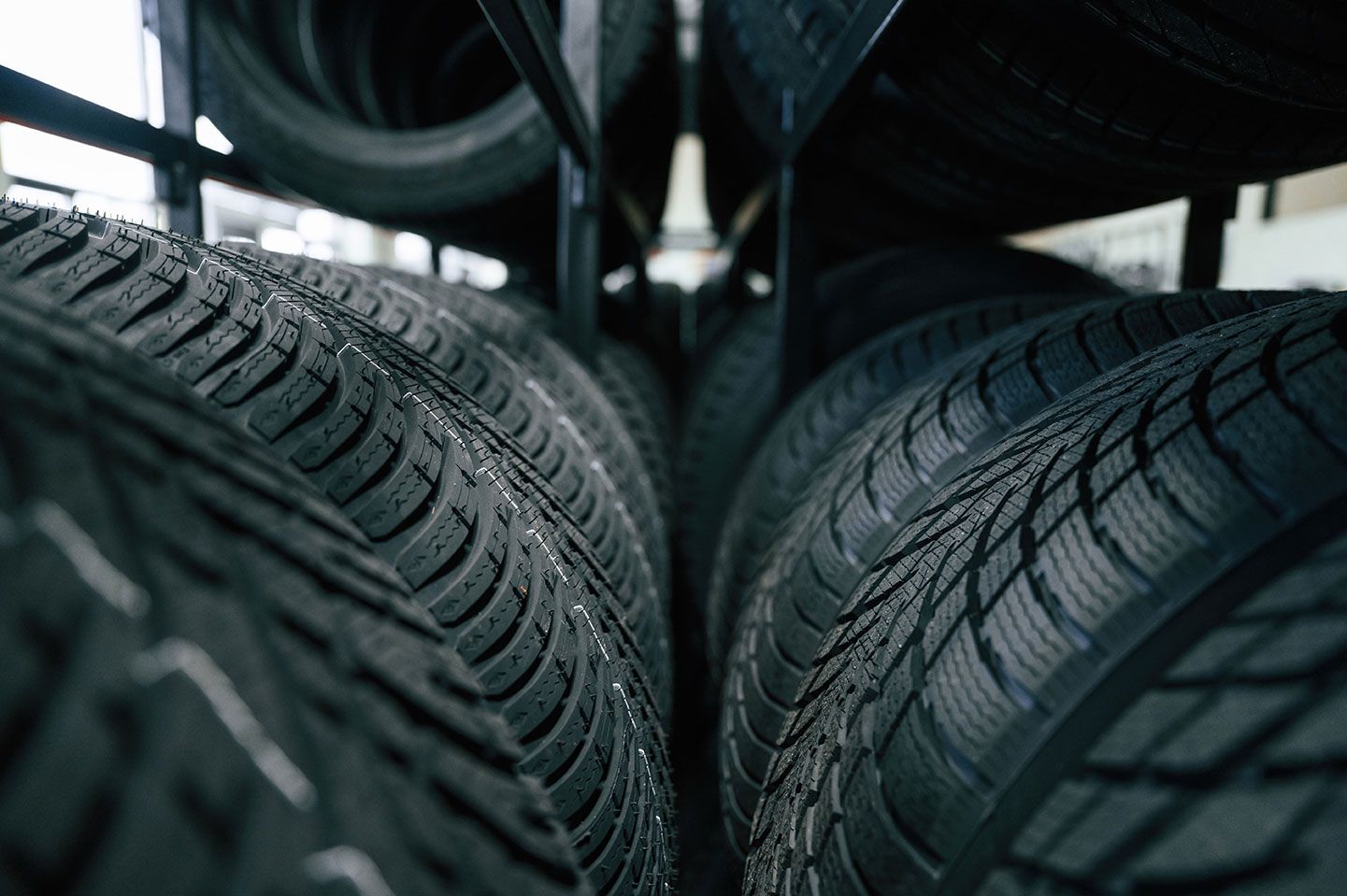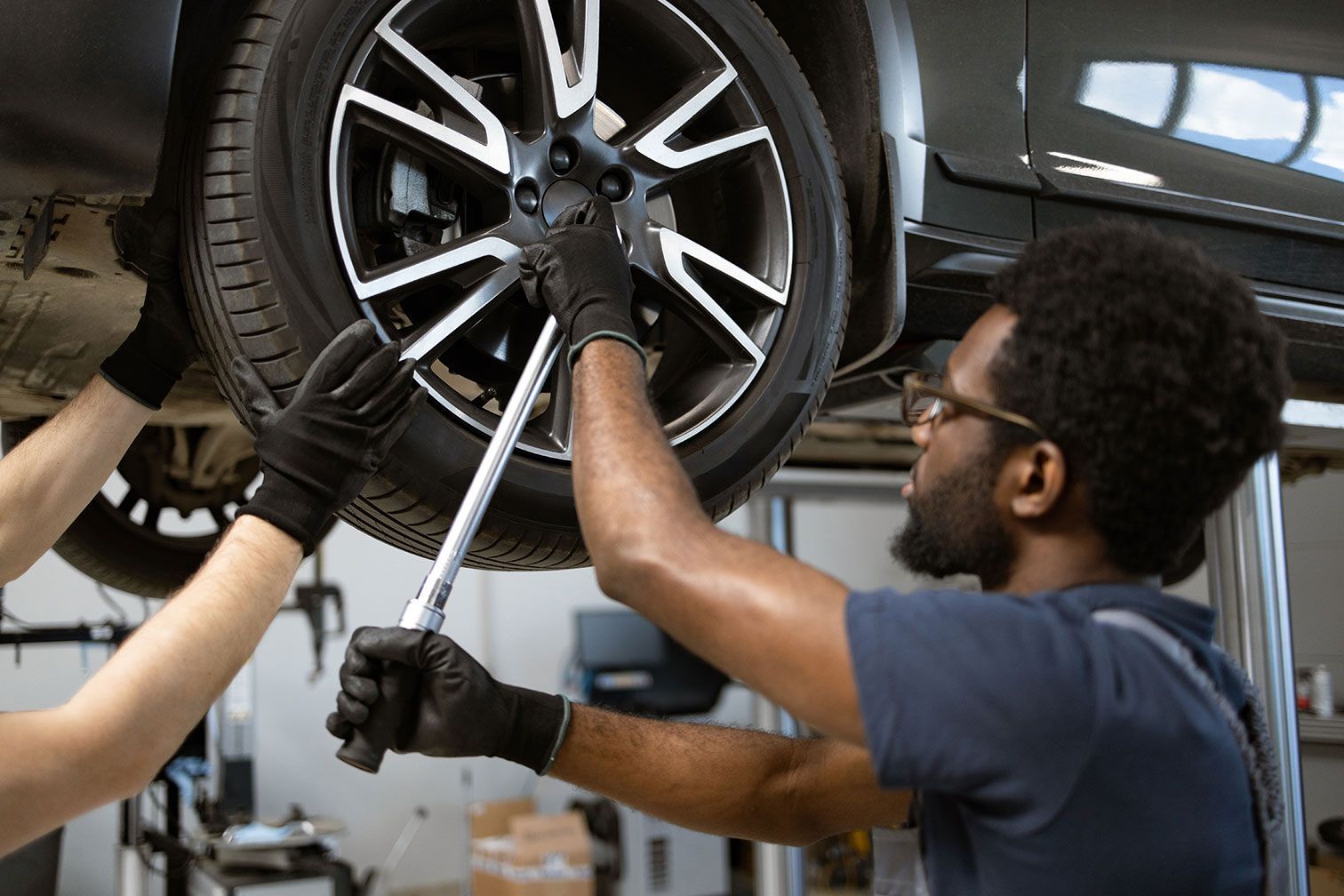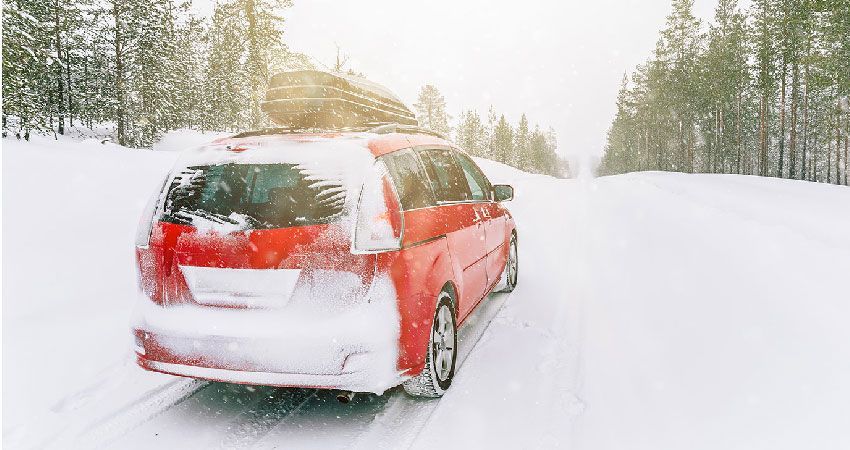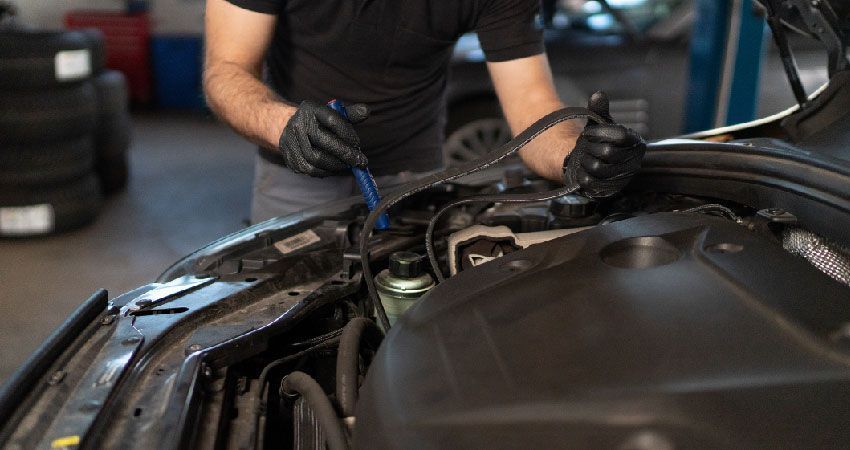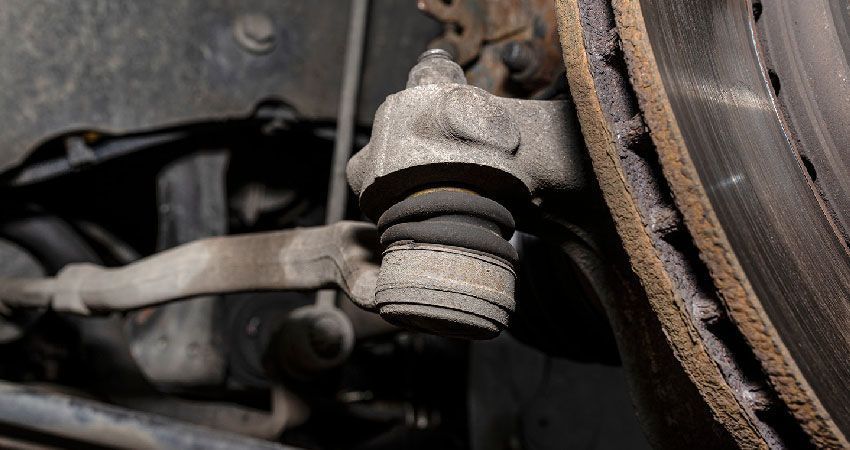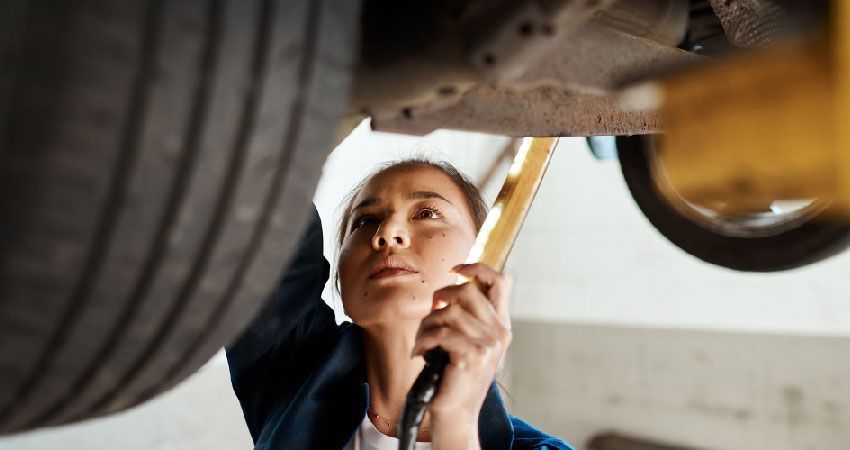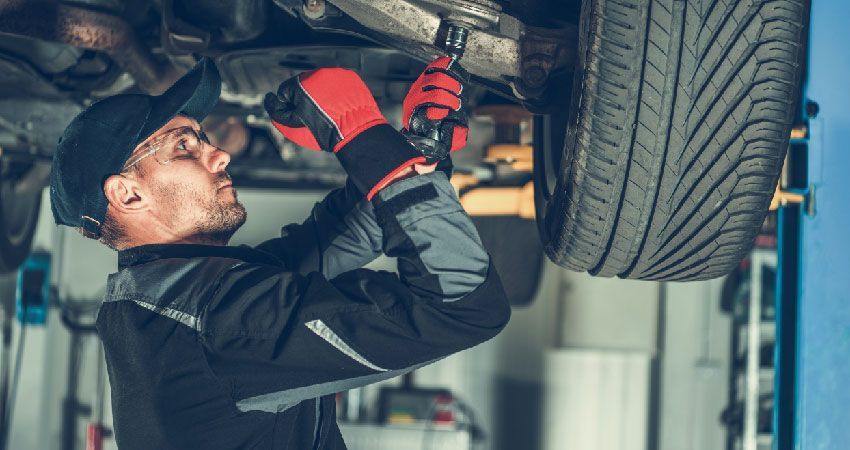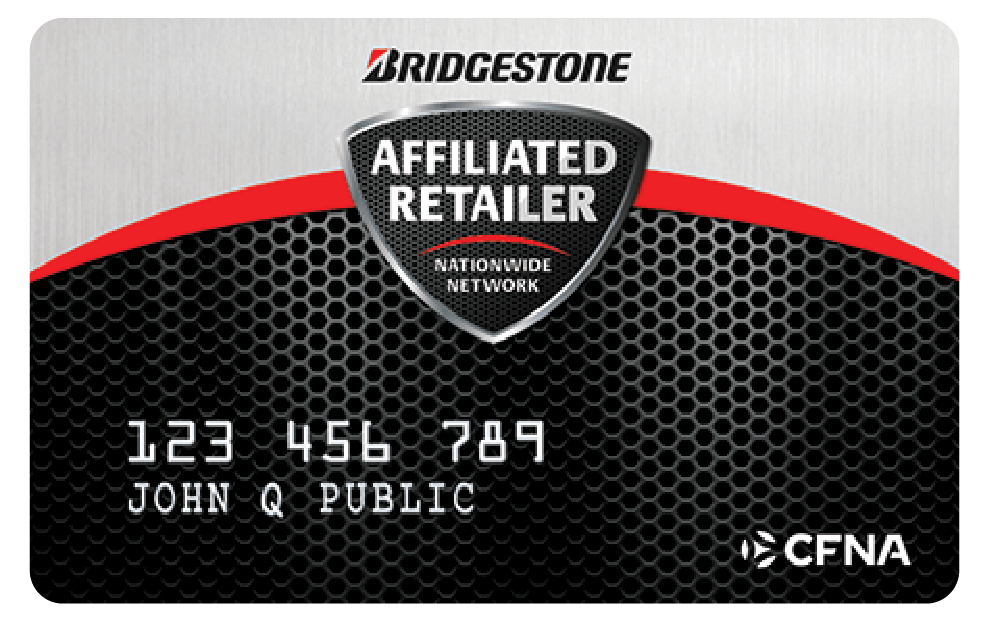Stay Cool With Cooling Systems

What is a cooling system flush and fill?
Why do you need a cooling system flush and fill?
Antifreeze protects your engine fluid from freezing or boiling. It is very important to check the level and condition of your antifreeze regularly. Coolant levels should be checked only when an engine is completely cool. Engine coolant may still be very hot and can lead to burns if you check your coolant levels too early. Any significant loss of antifreeze usually means you have a leak or your engine is running too hot. Driving on old engine coolant is one of the leading sources of cooling system failures. This means that your engine is too cold to start or overheats and shuts down. An engine that is overheating can soon self-destruct.
When should you replace your engine cooling fluid?
Antifreeze should be replaced every 2 years or 30,000 miles. Antifreeze contains certain rust and corrosion inhibitors that lose their effectiveness, which can lead to build up and overheating in your engine. A flush is required to clean the cooling system, and new engine coolant fluid/antifreeze is added to ensure your cooling system is working properly.
Comprehensive Coverage for All Your Automotive Repair Needs Awaits You!
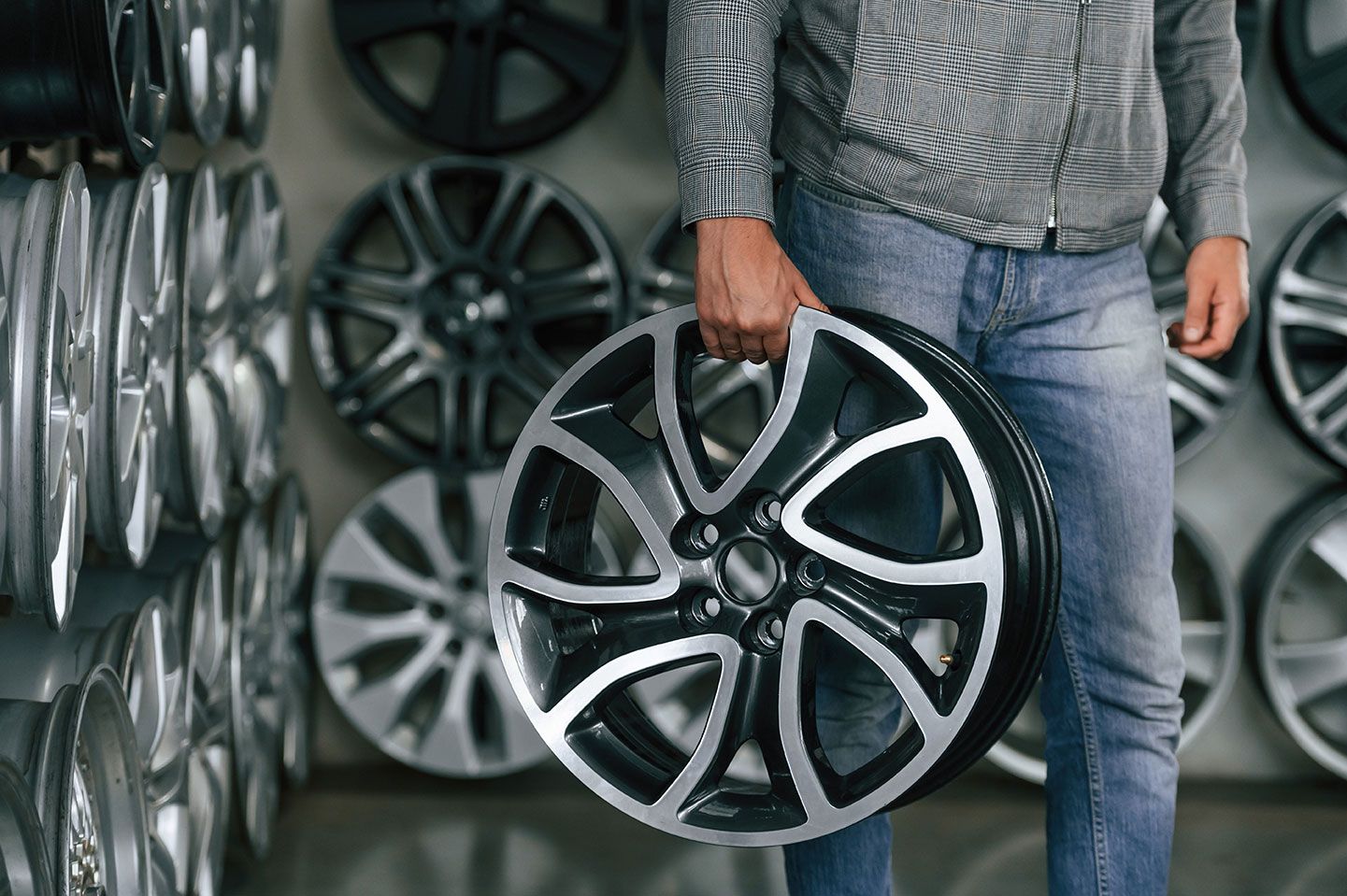
By Melissa Underwager
•
August 7, 2025
When it comes to the performance, safety, and aesthetics of your car, one often-overlooked but crucial component is the wheel. Car wheels serve not only as the foundation for movement but also play a significant role in handling, fuel efficiency, and overall driving experience. In this blog, we’ll dive deep into everything you need to know about car wheels, from their construction to how to choose the best ones for your vehicle.

